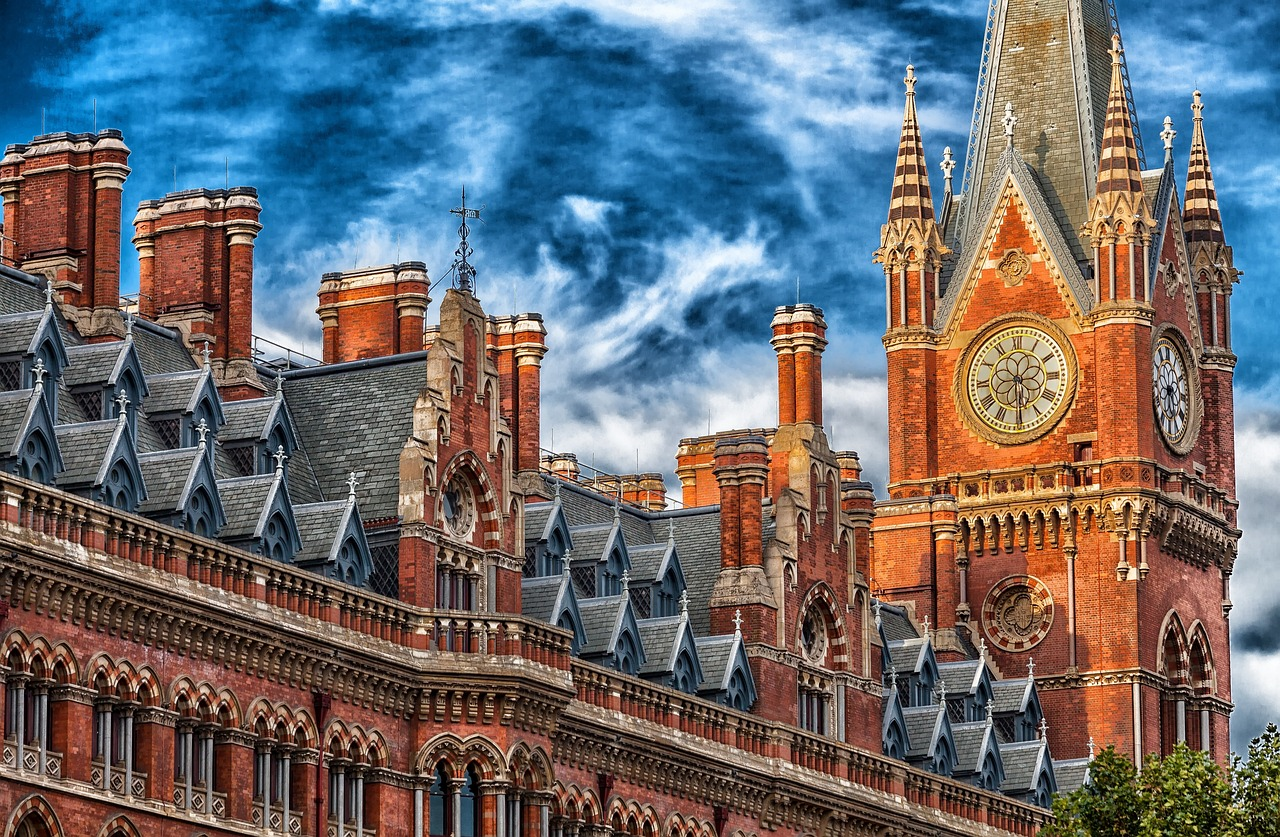Unit 3: The Age of Imperialism (1800-1914) Overview
Unit 3: The Age of Imperialism (1800-1914)

Unit 3: The Age of Imperialism (1800-1914

Unit 3: The Age of Imperialism (1800-1914)
This unit emphasizes political, economic, and social motives for imperialism.
Causes and Types of Imperialism
To continue industrializing, Europeans needed more natural resources. They also wanted to sell more manufactured goods. One solution was to take over weaker nations and force trade. This was called imperialism. Europeans had advanced technology and military power that enabled them to control areas in Africa and Asia. Also, nationalism motivated European nations to build empires. Lastly, imperialism spread European cultural beliefs about religion and politics, and language.
There were three main forms of imperialism: colonies, spheres of influence and protectorates. Colonies were areas with no government and completely controlled by a foreign nation. Protectorates were countries which had governments, but whose politics and ideas were guided by imperialist nations. Spheres of influence were geographical areas in which an imperialist nation was very powerful, usually controlling all trade. Some natives of the conquered lands resisted imperialism through armed conflict and peaceful protest.
Unit Focus
- cause/effect relationships between the Industrial Revolution and imperialism
- how foreign powers acquired trading rights in China
- how Japan grew into a modern, industrialized nation
- how European nations gained economic control of Africa
- examples of economic imperialism in Ottoman Empire, the Middle East, India, the Pacific Rim, Southeast Asia, and Latin America
Vocabulary
Lesson Reading
Videos and Interactives (Click on Images to View Content)

